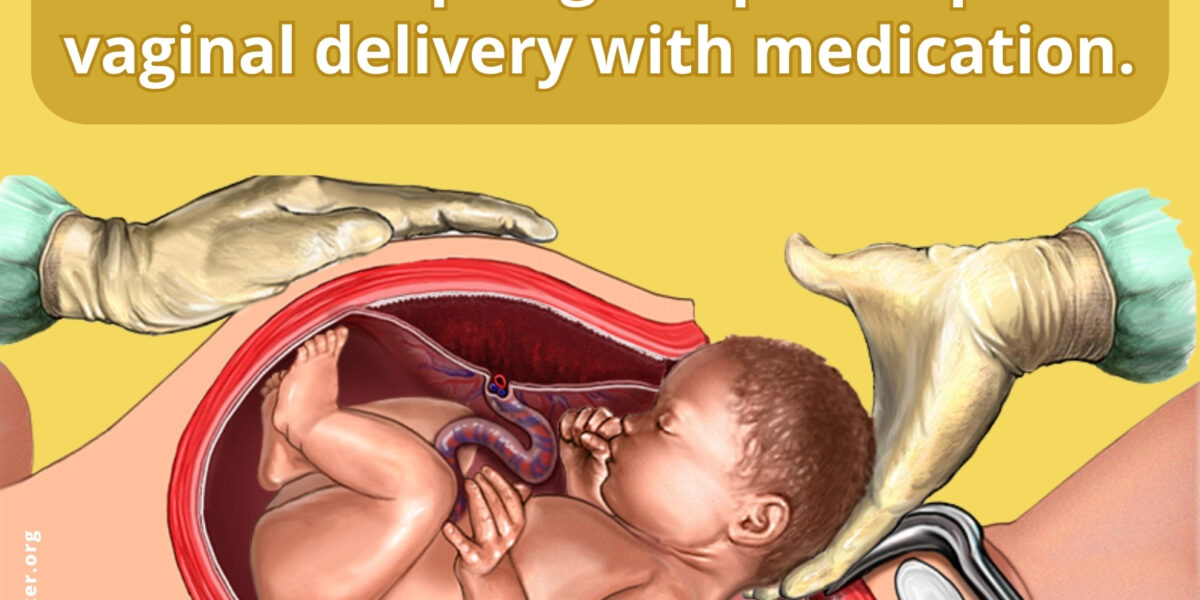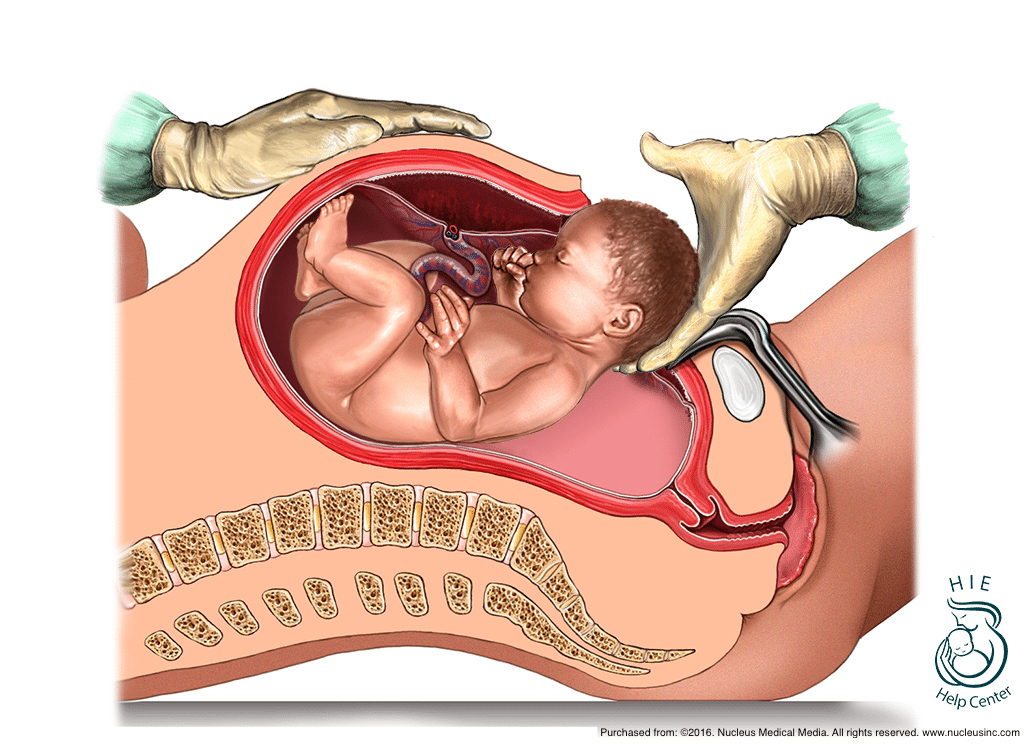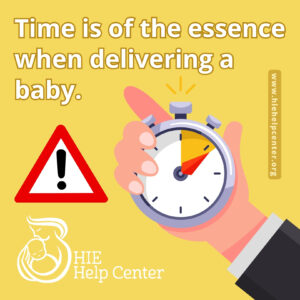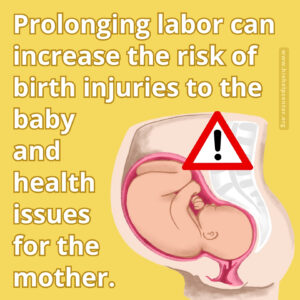 What is a c-section?
What is a c-section?
A cesarean section (c-section) delivery is a surgical procedure for delivering a baby. It is an alternative to a vaginal birth. A scheduled c-section is called an elective c-section. Sometimes, circumstances during labor require doctors to perform an emergency or stat c-section. This usually occurs if the baby is not getting enough oxygen or their life is in danger.
Elective C-sections to prevent HIE
In some cases, C-sections are planned beforehand. Doctors should monitor a pregnancy for certain risk factors to determine if a planned c-section is right for the patient.
An elective c-section may be the best option if a mother has:
- A prior c-section
- Preeclampsia
- Gestational hypertension
- Baby is small (IUGR)
- Placental insufficiency
- Pelvic issues that would make it dangerous to deliver vaginally
Elective c-sections can reduce the risk of HIE and birth asphyxia. A study in the Journal of Neonatal Perinatal Medicine suggested elective c-sections could prevent HIE for babies in high-risk pregnancies. However, if a baby doesn’t experience labor before an elective C-section delivery, there is a small risk the baby may develop initial problems with breathing and respiratory distress. Every pregnancy must be evaluated carefully.
While the circumstances leading to HIE are complex, an early delivery can prevent complications from turning into emergencies.
Reasons for an emergency c-section?
In other cases, a C-section becomes necessary due to an emergency situation. When the health of the mother or baby are threatened, delivery needs to happen immediately. Emergency C-sections are procedures done where immediate delivery is the only way to access the baby to provide medical care safely.
There are many situations where C-sections are safer for the baby than a vaginal birth. In many of the following scenarios, the baby may not be getting enough oxygen from the mother, which can lead to HIE or other birth injuries.
Potential Reasons for emergency C-Section in the Mother
- Placental abruption, insufficiency, placenta previa or placenta accreta
- Brain hemorrhage or aneurysm
- Vasa previa
- Uterine rupture
- Stalled labor
- Prior C-sections
- Preeclampsia
- Diabetes
- Active genital herpes or other maternal infections
- Twins or triplets
Potential Reasons for Emergency C-Section in the Baby
- Signs of fetal distress
- Umbilical cord complications:
- Umbilical cord wrapped around the neck (nuchal cord)
- True knot in the cord
- Short umbilical cord
- Umbilical cord compression
- Umbilical cord prolapse
- Placental abruption
- Uterine rupture
- Breech or face-presenting position
- Birth defect
- Shoulder dystocia (the baby’s shoulder is stuck on the pelvic bone)
- Prematurity or extreme prematurity
- Not getting enough oxygen
- Fetal distress
How quickly should the baby be delivered with an emergency c-section?
In emergency situations, time is of the essence to deliver the baby. Prolonging labor can increase the risk of birth injury to the baby and health issues for the mother.
There are specific time frames in which medical staff must perform a C-section, usually in 30 minutes or less.
For some health conditions (cord prolapse, uterine rupture and fetal heart rate under 60 beat per minute), however, the time limit is far shorter (5-20 minutes or less).
Medical staff should be monitoring fetal heart rate continuously when a mother is admitted to the labor and delivery unit. If the baby’s heart rate drops or begins to show signs of abnormal heart rate tracings, the baby is not getting enough , it means that the baby needs to be delivered immediately. If vaginal delivery can’t be done quickly enough, a C-section is needed to immediately deliver the baby to provide it with needed medical care (like resuscitation or oxygen).
Delayed C-Sections and the Risk of HIE
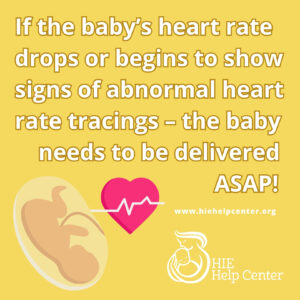
Waiting too long to have a C-section can create serious risk for HIE. Sometimes medical staff can be reluctant to perform a C-section.
In many cases, hospital systems may attempt to speed up labor and vaginal delivery using delivery drugs (like Pitocin or Cytotec). The problem with these drugs is that they can cause too many contractions that are too long and too strong and the baby may not get enough oxygen. When a baby is not getting enough oxygen, emergency C-sections are required to delivery a baby prior to brain injury from HIE.
The difficulty with induction of labor and delivery drugs is that mothers can react unpredictably to them. A dose which will have little effect on one mother may have a massive effect on another. Delivery drugs can cause the uterus to contract strongly and decrease blood flow even further to an already- distressed baby. If medical professionals do decide to use medications like Pitocin or Cytotec to induce and speed up labor, they need to watch the situation carefully so that the baby does not become in danger of losing oxygen.
Some doctors also resort to delivery instruments such as vacuum extraction and forceps to get a baby delivered in time. Delivery instruments require specific training to use properly. Improper use of vacuums or forceps can cause brain bleeding and trauma.
One of the ways parents can mitigate the risk of having a C-section unsafely delayed is by asking hospitals and doctors ahead of time about their C-section policies and developing a safe birth plan.
One of the ways parents can mitigate the risk of having a C-section unsafely delayed is by asking hospitals and doctors ahead of time about their C-section policies and developing a safe birth plan.
When should I contact an attorney?
Did your child become injured at birth due to a delayed c-section? HIE Help Center is run by ABC Law Centers, a medical malpractice firm exclusively handling cases involving HIE and related birth injuries since 1997. If you suspect your child’s injuries may have been caused by medical negligence, please contact us today to learn more about pursuing a case. We provide free legal consultations, during which we will inform you of your legal options and answer any questions you have. Moreover, you would pay nothing throughout the entire legal process unless we obtain a favorable settlement.

